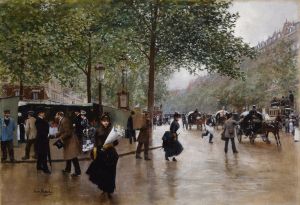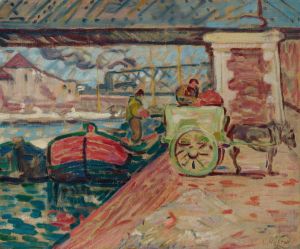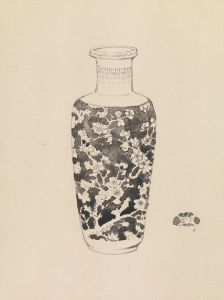
The Limehouse
A hand-painted replica of James Abbott McNeill Whistler’s masterpiece The Limehouse, meticulously crafted by professional artists to capture the true essence of the original. Each piece is created with museum-quality canvas and rare mineral pigments, carefully painted by experienced artists with delicate brushstrokes and rich, layered colors to perfectly recreate the texture of the original artwork. Unlike machine-printed reproductions, this hand-painted version brings the painting to life, infused with the artist’s emotions and skill in every stroke. Whether for personal collection or home decoration, it instantly elevates the artistic atmosphere of any space.
"The Limehouse" is a painting by the American-born artist James Abbott McNeill Whistler, who is best known for his innovative and influential contributions to the art world during the late 19th century. Whistler was a key figure in the Aesthetic Movement, which emphasized the visual and sensual qualities of art over its narrative or moral content.
James Abbott McNeill Whistler was born on July 11, 1834, in Lowell, Massachusetts, and later moved to Europe, where he spent most of his career. He was known for his distinctive style and his belief in "art for art's sake." Whistler's work often focused on the interplay of color and light, and he was heavily influenced by Japanese art and design, which was becoming increasingly popular in Europe at the time.
"The Limehouse" is one of Whistler's many works that depict scenes of urban life. Limehouse is a district in the East End of London, historically known for its docks and maritime activities. During Whistler's time, it was a bustling area with a mix of working-class residents, sailors, and immigrants. The painting captures the essence of this vibrant and gritty part of the city.
Whistler's technique in "The Limehouse" reflects his mastery of composition and his ability to convey atmosphere. He often used a limited color palette and subtle gradations of tone to create a sense of harmony and balance in his work. This approach can be seen in "The Limehouse," where the muted colors and careful attention to light and shadow create a moody and evocative scene.
Whistler's work was not always well-received by critics during his lifetime, but he remained committed to his artistic vision. He was known for his sharp wit and his sometimes combative personality, which often put him at odds with the art establishment. Despite this, he gained a significant following and influenced many younger artists.
"The Limehouse" is an example of Whistler's ability to find beauty in the everyday and the overlooked. By focusing on a less glamorous part of London, he challenged traditional notions of what was considered worthy of artistic representation. His work in this vein helped pave the way for future generations of artists who sought to capture the realities of urban life.
Today, Whistler is recognized as one of the most important artists of his time, and his work continues to be studied and admired for its technical skill and innovative approach. "The Limehouse" remains a testament to his ability to transform the ordinary into something extraordinary through his unique artistic vision.


















